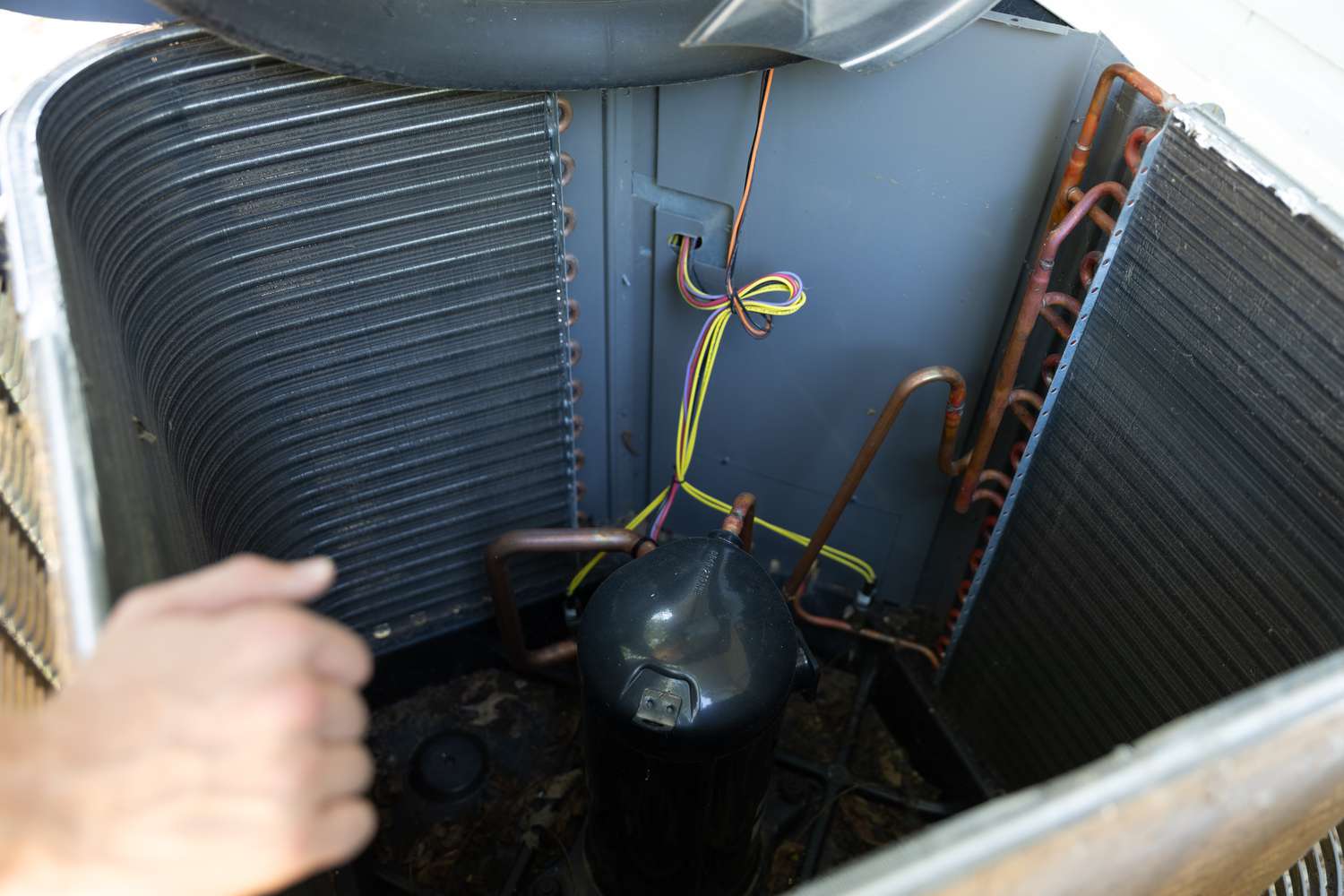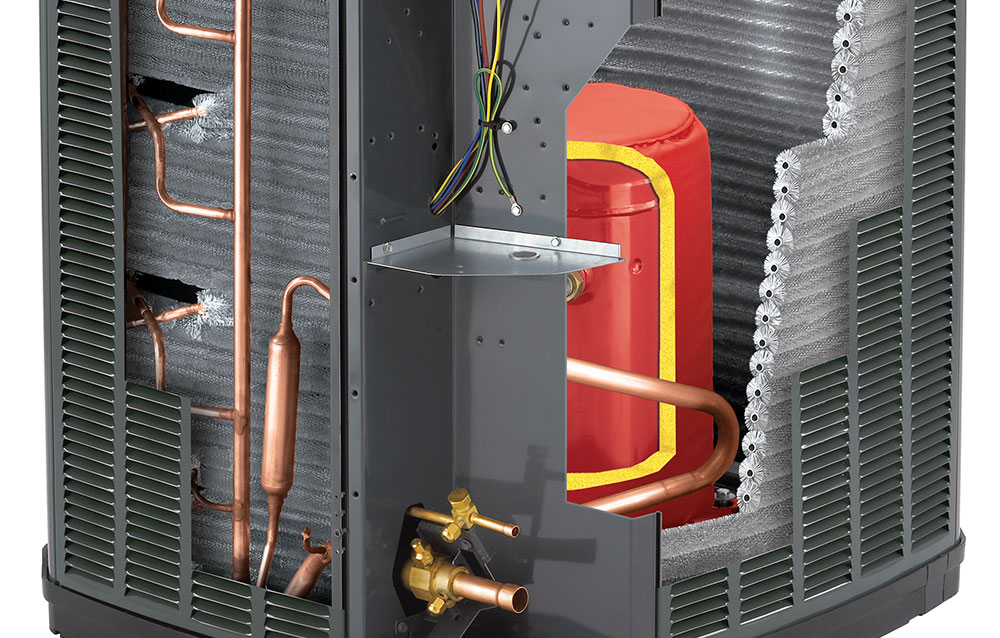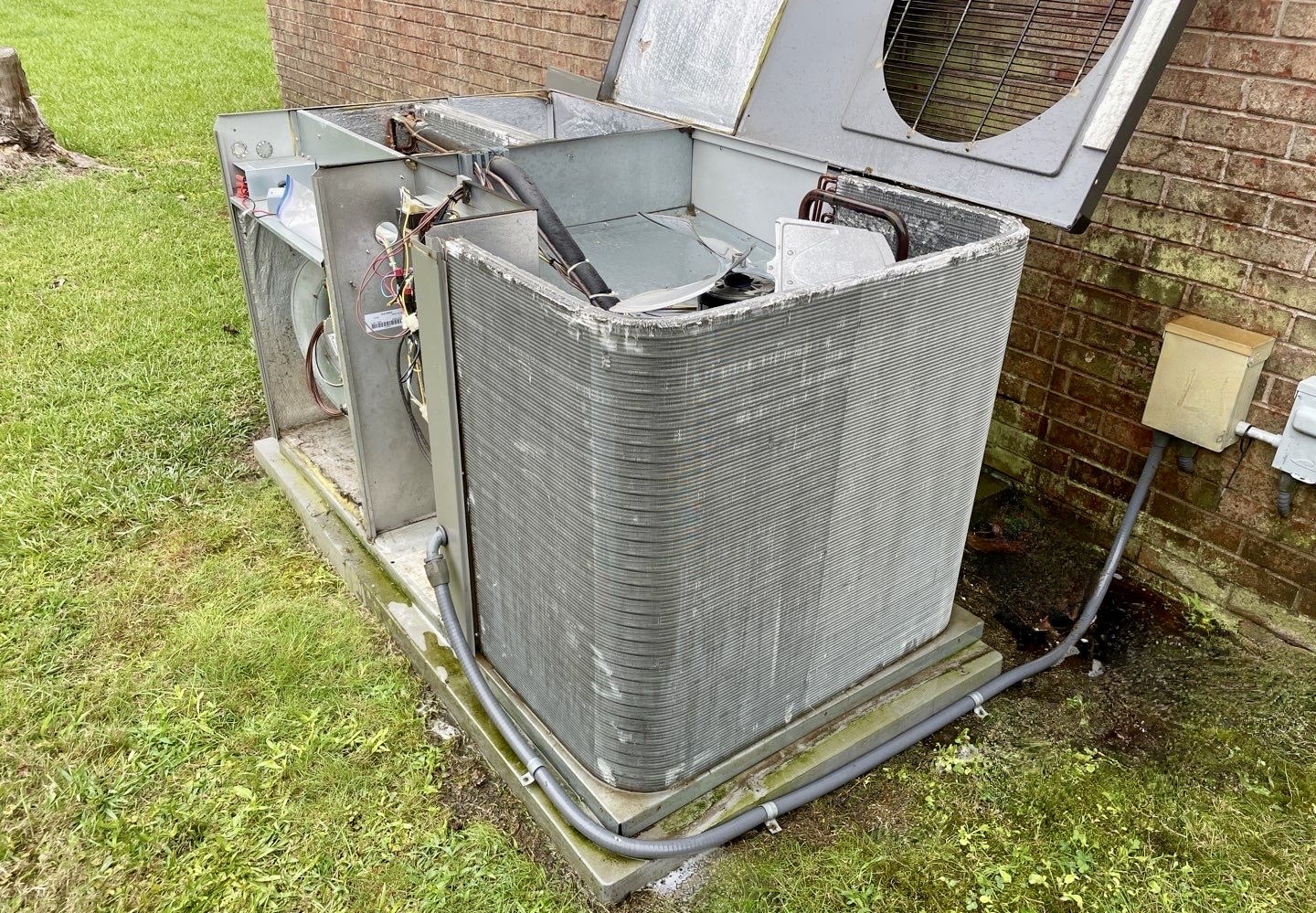Where Are Air Conditioning Coils Located

Air conditioning systems are complex machines, but understanding their basic components can empower you to troubleshoot minor issues and communicate effectively with HVAC technicians. A crucial component of any AC system is the coil, or rather, the coils: the evaporator coil and the condenser coil. Knowing where these coils are located is the first step in many diagnostic and maintenance tasks.
Understanding the Two Types of AC Coils
Before we dive into their locations, it's important to understand the roles of the two main types of coils:
- Evaporator Coil: This coil is responsible for absorbing heat from your indoor air. Refrigerant inside the coil evaporates, drawing heat from the air that blows across it. This cooled air is then circulated through your home.
- Condenser Coil: This coil releases the heat absorbed by the evaporator coil to the outside air. The refrigerant, now in a hot, high-pressure state, flows through the condenser coil where it cools down and condenses back into a liquid.
Locating the Evaporator Coil
The evaporator coil is always located indoors, typically within or very close to your furnace or air handler. Here's a breakdown of the most common locations:
Inside the Air Handler
In many modern HVAC systems, particularly those with forced-air heating, the evaporator coil is housed directly inside the air handler unit. The air handler is a large metal cabinet that contains the blower fan and other components for circulating air.
How to Find It:
- Locate your air handler. It's usually in a basement, attic, closet, or utility room.
- Turn off the power to the air handler at the circuit breaker. Safety First!
- Carefully remove the access panel of the air handler. You may need a screwdriver.
- The evaporator coil will be a set of fins and tubes, often shaped like an "A" or an "N", located inside the ductwork, directly in the path of airflow.
What to Look For: Signs of damage, such as bent fins, ice buildup, or leaks.
Above the Furnace (A-Coil)
In older systems, and some newer setups, the evaporator coil might be positioned in a separate housing above the furnace. This is often referred to as an "A-coil" due to its distinctive shape.
How to Find It:
- Locate your furnace.
- Look for a rectangular metal box sitting directly on top of the furnace. This is the coil housing.
- Turn off the power to both the furnace and the AC at the circuit breaker.
- Remove the access panel of the coil housing.
- The A-coil will be visible inside.
What to Look For: Similar to the in-air-handler coil, check for damage, ice, and leaks.
In a Plenum (Less Common)
In some rare installations, the evaporator coil might be housed within a plenum, which is a large duct that distributes air. This is less common in residential settings.
Locating the Condenser Coil
The condenser coil is always located outdoors, within the condenser unit. This is the large, metal box typically located next to your house, often on a concrete pad.
How to Find It:
- Go outside and locate the condenser unit. It will have a fan on top or on the side.
- Turn off the power to the condenser unit at the outdoor disconnect switch (usually a gray box mounted on the wall near the unit). If there is no outdoor disconnect, turn off the breaker at the main electrical panel. Safety is Paramount!
- Remove the outer grill or access panel of the condenser unit. The method for removal will vary depending on the model. Some grills simply lift off, while others require screws to be removed.
- The condenser coil is the set of fins and tubes that surrounds the inside of the unit. It's usually circular or rectangular.
What to Look For:
- Dirt and Debris: This is the most common issue. Over time, leaves, grass clippings, and other debris can accumulate on the coil, reducing its efficiency.
- Bent Fins: The fins are delicate and can easily be bent. Straightening them can improve airflow.
- Leaks: Look for signs of refrigerant leaks, such as oily residue or bubbling.
DIY Tasks and When to Call a Professional
Here are some DIY tasks you can perform after locating the coils:
Cleaning the Condenser Coil
This is a simple but important maintenance task that can significantly improve your AC's efficiency.
Tools Needed:
- Garden hose with a spray nozzle
- Fin comb (optional, for straightening bent fins)
- Soft brush (optional, for stubborn dirt)
Steps:
- Turn off the power to the condenser unit.
- Remove any large debris by hand.
- Spray the coil with a gentle stream of water from the inside out. Avoid using high pressure, as this can damage the fins.
- If necessary, use a soft brush to remove stubborn dirt.
- If you have bent fins, use a fin comb to carefully straighten them.
- Reassemble the condenser unit and turn the power back on.
Checking the Air Filter
A dirty air filter restricts airflow, which can cause the evaporator coil to freeze up.
How To:
- Locate your air filter. It's usually near the air handler or furnace.
- Remove the filter and inspect it.
- If it's dirty, replace it with a new filter of the correct size.
When to Call a Professional:
While some tasks are DIY-friendly, others require the expertise of a qualified HVAC technician. Never attempt repairs that you are not comfortable with, especially those involving refrigerant. Here are some situations that warrant professional attention:
- Refrigerant Leaks: Handling refrigerant requires specialized equipment and training. Leaks can be harmful to the environment and pose a health risk.
- Frozen Evaporator Coil: While a dirty filter can cause this, it can also be a sign of a more serious problem, such as a refrigerant leak or a malfunctioning compressor.
- Electrical Issues: Any electrical work should be performed by a qualified electrician or HVAC technician.
- Compressor Problems: The compressor is the heart of the AC system. Repairs or replacements should be left to the professionals.
- Coil Replacement: Replacing either the evaporator coil or the condenser coil is a complex task that requires specialized tools and knowledge.
Estimated Repair Costs
Please note that these are just estimates, and the actual cost may vary depending on your location, the type of system you have, and the specific problem.
- AC Coil Cleaning (Professional): $75 - $200
- Refrigerant Recharge: $150 - $500 (depending on the amount of refrigerant needed)
- Evaporator Coil Replacement: $800 - $2500
- Condenser Coil Replacement: $1000 - $3000
- Compressor Replacement: $1500 - $4000
Preventative Maintenance
The best way to avoid costly repairs is to perform regular preventative maintenance. This includes:
- Changing your air filter regularly (every 1-3 months)
- Cleaning the condenser coil annually
- Having your AC system inspected by a qualified HVAC technician every year
By understanding the location of your AC coils and performing basic maintenance, you can keep your system running efficiently and extend its lifespan. However, always prioritize safety and don't hesitate to call a professional when needed.










